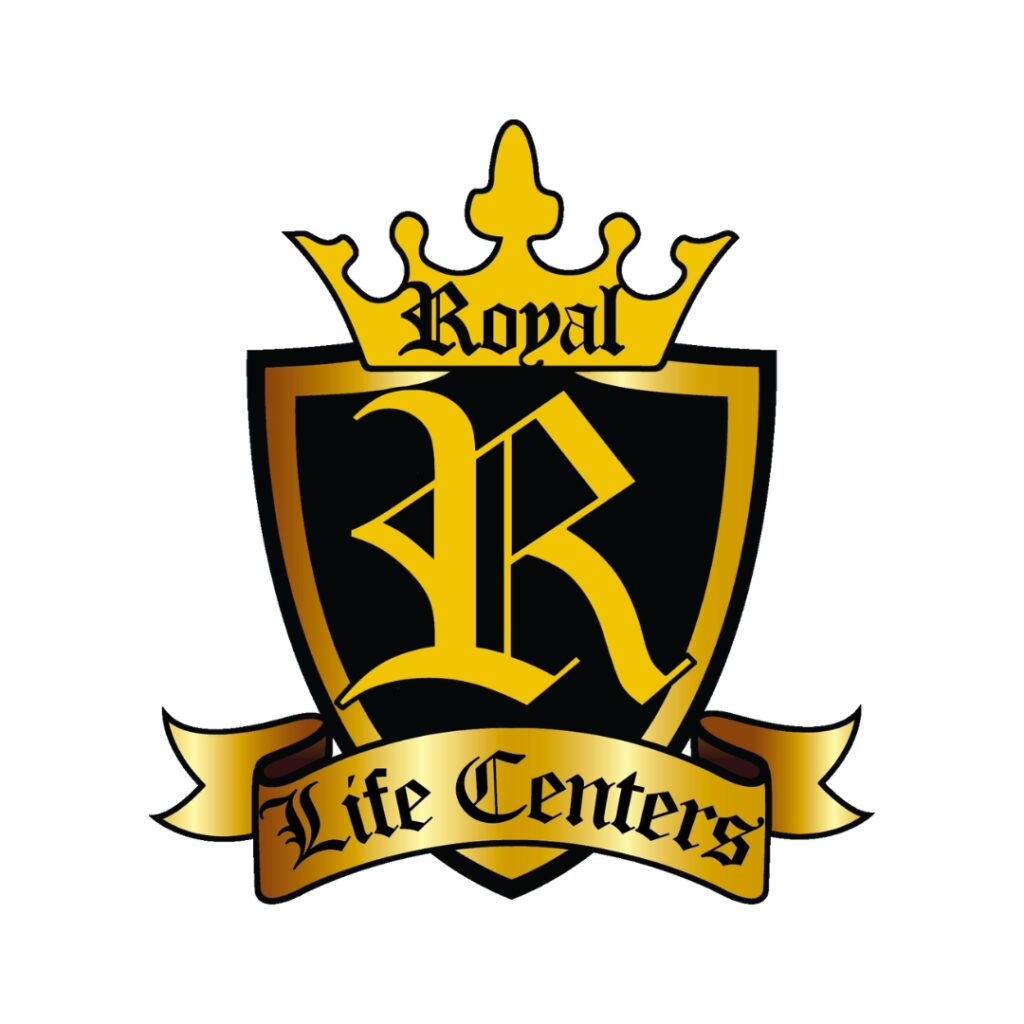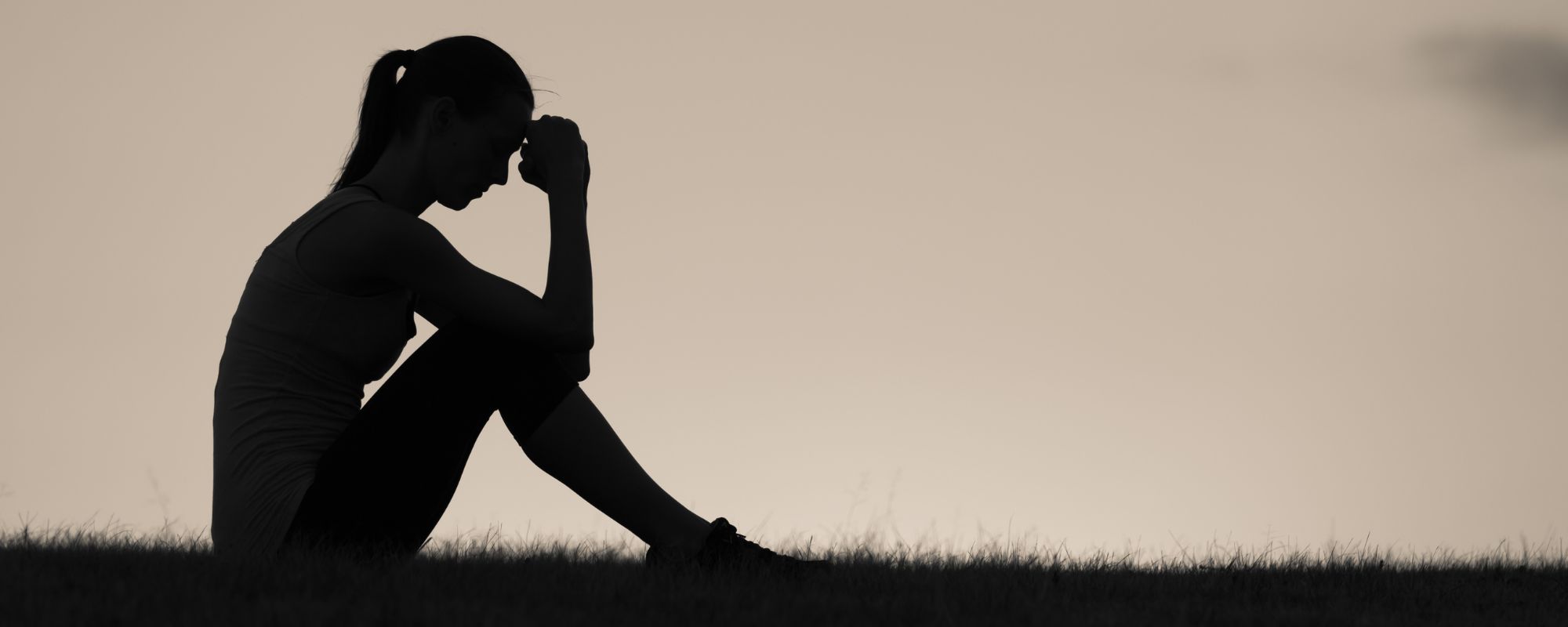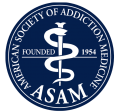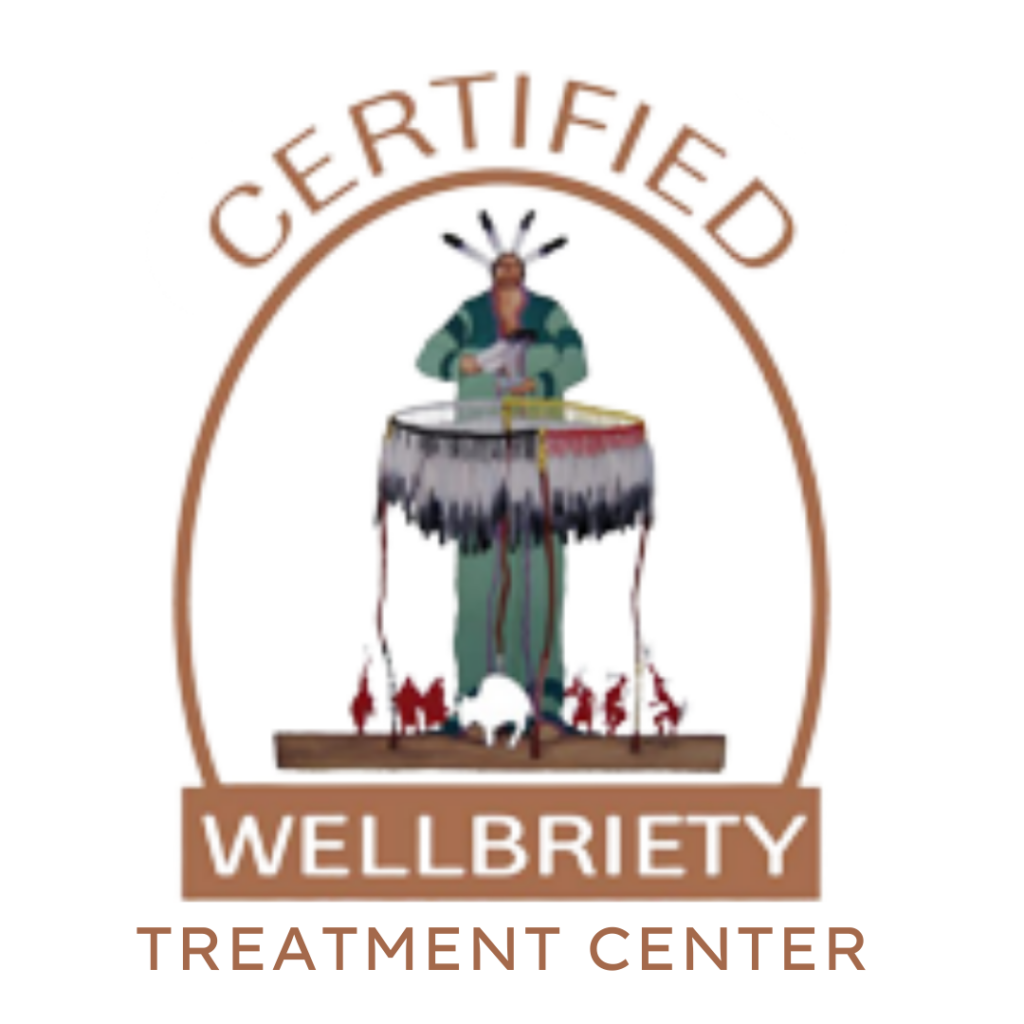Recognizing when a loved one is using drugs isn’t always easy. If you think you’ve found drug paraphernalia in someone’s possession, you’re obviously going to be worried. Drugs like crack cocaine, which require a crack pipe to use, are dangerous and addictive.
As cocaine abuse rates continue to increase across the U.S., many concerned loved ones of those struggling with addiction have begun to ask themselves the question, “What does a crack pipe look like?”
Crack is a very dangerous drug, especially when it is being abused. When it comes to recognizing signs of cocaine abuse in a loved one, knowing what a crack pipe is and what it looks like is crucial. If someone you love is abusing crack cocaine, there are treatment centers that can help.
What Is Crack?
Crack cocaine is a very addictive and highly powerful stimulant drug derived from powdered cocaine through a simple process of conversion, dissolving the powder in a mixture of ammonia or baking soda and water.
This drug first became a popular choice for abuse in the 1980s due to its ability to produce an intense and immediate high. Its easy and inexpensive production method was another point of popularity, as this allowed crack to become readily available and affordable to the public.
Often referred to by nicknames such as Candy, Cloud, Hard Rock, Ice, and others, crack is a highly dangerous substance that poses a very real risk to communities across the nation. As a result, the need for effective prevention and treatment options has become more important than ever.
What Do Crack Pipes Look Like?
Crack pipes are used for smoking this substance, and often have a distinct appearance that makes them fairly recognizable. This is due to their specific design, which is suited for the smoking of crack cocaine. These pipes are typically small, ranging anywhere from 3 to 5 inches in length, and cylindrical in shape.
They are most commonly made from materials conducive to heat, including glass, metal, or Pyrex. The most recognizable characteristic of crack pipes is the bowl-shaped chambers at their end, connected to the mouthpiece by a tube, in which the crack is held and heated to produce a vapor that can be smoked.
Pipes for smoking crack can come in a variety of shapes and colors depending on the material they are made from and can have different patterns or marks on their surface. Of course, these fairly recognizable pipes can be made more difficult to notice if they are homemade.
Some people may choose to fashion their own crack pipes using household materials. In fact, many people may even attempt to make their own crack cocaine, due to how easily accessible the ingredients are. Because of this, it is important to know how to recognize other signs and symptoms of crack abuse.
Are you struggling with addiction?
Royal Life Centers at The Haven is here to help you recover. Because we care.
What Are the Signs and Symptoms of Smoking Crack?
Recognizing the signs and symptoms of crack abuse can be crucial in helping your loved one seek help if they are struggling with addiction. Crack cocaine often leaves telltale marks on both a drug user’s physical and mental state when abusing this drug. The damage associated with crack can be immense if not addressed early.
This means that this substance abuse can be recognized by a variety of signs and symptoms, including:
- Physical Symptoms: Dilated pupils, increased heart rate and blood pressure, restlessness and agitation, excessive talking and hyperactivity, loss of appetite, sweating, tremors, muscle twitches, and burns on fingers and lips from smoking paraphernalia.
- Mental Symptoms: Euphoria and intense confidence, anxiety and irritability, paranoia and hallucinations, mania, and pressured speech, or impaired judgment and impulsive behavior.
- Behavioral Symptoms: Changes in sleep patterns (insomnia or excessive sleeping), missing personal belongings or money, secretive behavior and hiding drug use, withdrawal from social activities and loved ones, and engaging in risky or illegal activities.
Diagnosing Cocaine Addiction
The Diagnostic and Statistical Manual of Mental Disorders (DSM-5) lists several criteria that someone has to meet in order to be diagnosed with a cocaine use disorder. These criteria include:
- The substance is being consumed in larger amounts and for longer periods of time than originally intended.
- Having a persistent desire to limit or stop cocaine use but being unsuccessful in attempts to do so alone.
- Spending large amounts of time acquiring, using, or recovering from the effects of cocaine use.
- Experiencing cravings for cocaine, or a persistent desire to use the substance.
- Experiencing impairment in the ability to fulfill major work, school, or home obligations due to substance use.
- Continuing to use cocaine despite this causing significant social or interpersonal problems.
- Reducing or discontinuing recreational, social, or occupational activities due to substance use.
- Repeatedly using cocaine in physically unsafe environments and situations.
- Continuing to use cocaine despite knowing that this is causing or exacerbating physical or psychological problems.
- Developing a tolerance to cocaine, or needing to take increasingly higher doses of the substance to achieve the desired effect.
- Experiencing withdrawal symptoms when decreasing or stopping cocaine use.
If you or a loved one meets any of the criteria listed above, it is important to seek professional help as soon as possible. Crack addiction is a serious and potentially deadly disease if left untreated, but with the right support, a happier, healthier life is possible. Treatment centers offering intensive options like residential treatment for cocaine addiction can help someone turn things around.
Crack Addiction Treatment at Royal Life Centers
At Royal Life Centers, we provide a comprehensive and holistic approach to the crack addiction treatment process. Our mission is to provide each of our guests with a healing environment to nurture their mind, body, and spirit throughout the recovery process. We know finding drug paraphernalia is distressing, but our treatment programs can help.
The first step is medical detox, where you rid the body of all substances. Detox may include crack cocaine withdrawal symptoms, but the team at Royal Life can help.
From there, you transition to residential treatment, also called inpatient care, where you can receive treatment in a comprehensive and structured environment. In addition to receiving 24/7 clinical care and support, you will be able to participate in a variety of therapies and treatments, including:
- Individual and group therapy
- Behavioral therapy
- Adventure and equine therapy
- Recovery support groups
- Cognitive-behavioral therapy
- Dialectical behavior therapy
- Medication-assisted treatment
We are dedicated to supporting you throughout the entirety of your recovery process. We also provide sober living and aftercare support as you transition into independent sobriety. No matter what your recovery needs may be, we are equipped to meet them. If you or your loved one is ready to start the recovery journey, reach out to us today.
If you find pipes for smoking crack among someone’s things, behavioral therapy for substance abuse can help. To learn more about our cocaine detox and addiction program and how we can help you safely navigate the stress of the holiday season, reach out to us by calling 888-568-5998 to get started on your path to sobriety today!


























